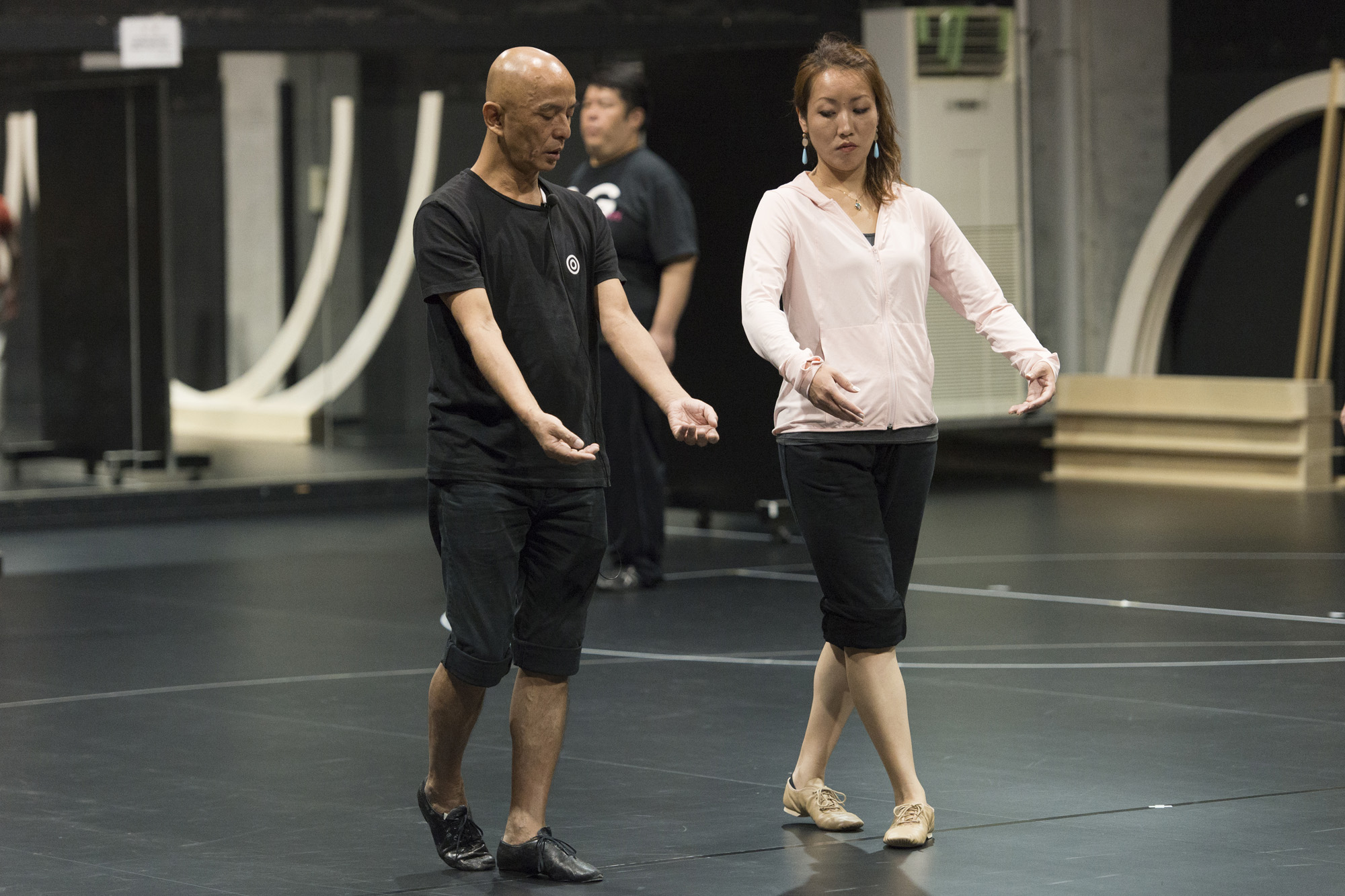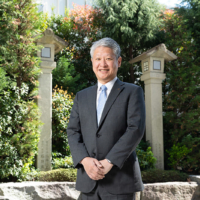Since studying visual arts and sculpture before taking up ballet at the age of 20 in 1973, Saburo Teshigawara has become a world-renowned choreographer and dancer whose unique style and aesthetic sense has even drawn him commissions from the Paris Opera Ballet, Frankfurt Ballet and Nederlands Dans Theater.
Now, after working along the way with videomakers, "noise artists" and performance art in search of what he's called "a new form of beauty," the Tokyo native is tackling "The Magic Flute" — Austrian composer-supreme Wolfgang Amadeus Mozart's two-act opera from 1791.
Although the work with its German libretto by Emanuel Schikaneder was created as a Singspiel, a form that includes both singing and spoken dialogue, audiences can savor Teshigawara's original take on Mozart's final gem next month when it has its world premiere at the Aichi Triennale 2016 arts festival.


















With your current subscription plan you can comment on stories. However, before writing your first comment, please create a display name in the Profile section of your subscriber account page.